What is August Birthstone?
The month of August now has 3 birthstones; the peridot, the sardonyx and the spinel.
The spinel is the newest of the two to join the August Birthstones. Peridot and sardonyx have been seen throughout history and have rich symbolism. The two birthstones are quite different, both in terms of quality and substance.
The peridot is found in a range of color variations, and can be anywhere from yellowish green to brown, although the most sought after peridot stones are lime green or olive green. After comparing it to the world of fancy color diamonds, the stone that most resembles the Peridot is the Fancy Vivid Yellowish Green diamond.
The sardonyx birthstone on the other hand, a type of onyx, is a reddish brown stone with a white banding. Peridots have a crystal-like appearance while a sardonyx is more stone-like. Have a look at all of our
gemstone jewelry or have a closer look at these birthstones, their origin, history, myths, and place in contemporary jewelry.
Origin: Where do Sardonyx, Spinel, and Peridot come from?
Peridot
Peridot is formed far below the Earth’s surface, and similar to diamonds, is brought up by volcanic eruptions. The majority of peridot stones come from Arizona, although there is a significant supply that comes from China, Pakistan, and Myanmar.
Spinel
Spinel is found in various regions around the world, with notable deposits in countries such as Myanmar (formerly Burma), Sri Lanka, Afghanistan, Tanzania, Vietnam, and Madagascar. Each location may yield spinel of different colors and qualities due to variations in the geological conditions during its formation.
Sardonyx
Sardonyx comes from India, but can also be found in Brazil, Uruguay, the United States, and Germany.
Exploring the Historical Journey of Sardonyx, Spinel, and Peridot Gemstones
History of Sardonyx
Sardonyx goes as far back as the ancient Greeks and Roman, who used the stone during battle, believing it would bring them courage, protection, and victory. Soldiers often wore engraved sardonyx talismans or amulets as a form of protection against their enemies.
Sardonyx boasts a history dating back to ancient civilizations, including the Greeks and Romans. This banded variety of chalcedony, characterized by its alternating layers of sard (a reddish-brown variety of chalcedony) and onyx (black), held great significance for these cultures.
History of Spinel
Spinel has been traded and treasured for thousands of years, with some of the earliest known spinel artifacts dating back to ancient civilizations such as the Egyptians, Greeks, and Romans. These cultures prized spinel for its captivating colors and believed it possessed mystical properties.
Throughout history, spinel has been associated with royalty and nobility. It adorned the crowns, jewelry, and regalia of monarchs and rulers. Famous historical spinels, such as the Black Prince's Ruby and the Timur Ruby, are testament to its royal connections.
History of Peridot
Peridot's history dates back thousands of years, with its earliest known use tracing back to ancient Egypt. The Egyptians called it the "gem of the sun" and believed it had protective powers against evil spirits. Peridot was often mined on the Egyptian island of Zabargad.
Peridot has been worn for centuries and has been used to protect and heal. It was associated with the sun and was thought to bring warmth, energy, and vitality to its wearer.
Mythical Insights: Unveiling Sardonyx, Spinel, and Peridot
Mythical Sardonyx
The myth of the sardonyx is that it stands for courage and victory.
Exploring the Mystique of Spinel
Spinel's association with royalty and nobility throughout history adds to its mystique, symbolizing wealth, power, and prestige.
Peridot's Mythical Journey Through Time
It is believed that a Peridot has magical powers and has the ability to heal and to protect one from nightmares. It is also believed that those who wear peridot stones will be provided with power and influence.
August Birthstone Color
The Color of Sardonyx
The reddish brown color of a Sardonyx embodies both comfort and power, naturally reflecting what color Sardonyx is.
 Sardonyx Gemstone
Sardonyx GemstoneThe Color of Spinel
If you're wondering what does Spinel look like, picture a gemstone with a spectrum of captivating colors, from intense reds to deep blues and vibrant pinks, each radiating its own unique brilliance and charm.
The Color of Peridot
It is said that the olive green color of a Peridot helps to reduce anger and heal stress. So, when you ask 'what color is peridot,' think of that soothing, protective green.
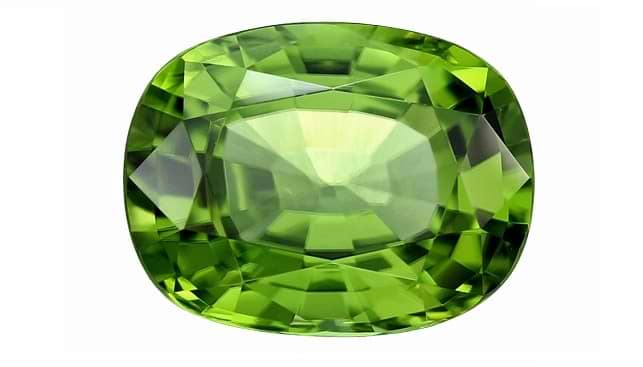 Peridot Gemstone
Peridot Gemstone
Peridot & Sardonyx Gemstone Jewelry:
Both the peridot and the sardonyx make lovely jewelry although their effects are very different. The crystal look of the peridot gives off a more elegant vibe while the matte sardonyx has more of an earthy and rustic feel to it. The vast difference between the two stones provides a wide range of jewelry options for those searching for August birthstone jewelry. Other stones such as diamonds and tanzanite stones can be terrific additions to these gems, especially to the peridot.
Though the peridot and sardonyx are not as popular as other birthstones such as diamonds, pearls,
emeralds, rubies, and even amethysts and
tanzanite gems, they are beautiful stones that are delightful to incorporate in birthstone jewelry. These stones may look similar to other gemstone such as emeralds and
colored diamonds, but there are qualities that are exclusive to peridot and sardonyx stones, which make them unique and extraordinary stones.
Frequently Asked Questions About Sardonyx, Spinel & Peridot
FAQs about Sardonyx
What is sardonyx good for?
Sardonyx birthstone is often associated with promoting courage, strength, and protection. Additionally, sardonyx is thought to enhance self-control, discipline, and focus, making it an excellent stone for those seeking to overcome challenges and achieve their goals. Some also believe that sardonyx can bring stability to relationships and foster harmony in social interactions.
Where is sardonyx found?
Sardonyx is primarily found in regions with significant deposits of chalcedony, the mineral from which it is composed. These regions include Brazil, India, Uruguay, and Madagascar. Sardonyx is often formed in association with volcanic activity and can be found in locations where volcanic rocks are present. Additionally, alluvial deposits, where gemstones are carried and deposited by water, may also yield sardonyx.
FAQs about Spinel
What is black spinel good for?
Black spinel is believed to have various metaphysical properties, including grounding, protection, and energy renewal. It's often used in jewelry for its sleek appearance and is said to promote positivity, encourage inspiration, and dispel negative energy.
Where is spinel found?
Spinel can be found in various locations around the world, including Myanmar (formerly Burma), Sri Lanka, Afghanistan, Tajikistan, Tanzania, Madagascar, and Vietnam.
What does spinel symbolize?
Spinel is associated with various symbolic meanings, including vitality, rejuvenation, and strength. It's also thought to enhance one's creativity and bring about a sense of calmness and clarity. Historically, spinel has been linked to love and devotion, making it a popular choice for engagement rings.
Is black spinel valuable?
While black spinel doesn't typically command the same high prices as other gemstones like diamonds or rubies, it is still valued for its unique beauty and properties. Its affordability relative to other gemstones makes it an attractive option for those seeking elegance without the high cost.
How hard is spinel?
Spinel ranks 8 on the Mohs scale of hardness, making it a durable gemstone suitable for everyday wear. Its hardness indicating its resistance to scratching and abrasion.
FAQs about Peridot
What is peridot good for?
Peridot is believed to have various positive effects on the wearer, including promoting abundance, prosperity, and overall well-being. It's often associated with healing properties, particularly in alleviating stress, anger, and negative emotions. Some also use it to stimulate creativity and increase energy levels.
Where is peridot found?
Peridot is primarily found in volcanic regions, with significant deposits located in countries such as Egypt, Myanmar (Burma), Pakistan, China, and the United States (specifically Arizona and Hawaii). It forms deep within the Earth's mantle and is brought to the surface through volcanic activity.
What does peridot symbolize?
Peridot symbolizes several qualities, including love, happiness, and protection. In ancient times, it was believed to ward off evil spirits and bring good fortune to the wearer. Its vibrant green color is often associated with nature, growth, and renewal, making it a symbol of vitality.
How much is peridot worth?
The value of peridot can vary depending on factors such as color, clarity, size, and overall quality. Generally, prices can range from relatively inexpensive to more expensive for larger, high-quality stones.
How hard is peridot?
Peridot has a hardness of around 6.5 to 7 on the Mohs scale, making it moderately durable for use in jewelry. While it can withstand everyday wear, it may be prone to scratching and chipping if not handled with care.
How rare is peridot?
Peridot is considered relatively rare compared to other gemstones, particularly in larger sizes and high-quality specimens. However, its availability has increased with the discovery of new deposits in various parts of the world.
2.64 carat, Pink, Madagascar Sapphire, Oval Shape
More details
7.03 carat, Blue, Sri Lankan Sapphire, Pear Shape, CD
More details
2.27 carat, Ruby, Pear Shape, No evidence of heat enhancement, GIA
More details
4.95 carat, Green, Emerald, Octagon Shape, Minor
More details
3.64 carat, Blue, Sri Lankan Sapphire, Cushion Shape
More details
4.25 carat, Blue, Brazilian Aquamarine, Cushion Shape
More details
2.17 carat, Red, Ruby, Cushion Shape, No evidence of heat enhancement, GIA
More details
2.49 carat, Blue, Sapphire, Oval Shape
More details
4.43 carat, Red, MOZAMBIQUE Ruby, Round Shape, CD
More details
2.77 carat, Red, Ruby, Pear Shape, No evidence of heat enhancement
More details
 Sardonyx Gemstone
Sardonyx Gemstone Peridot Gemstone
Peridot Gemstone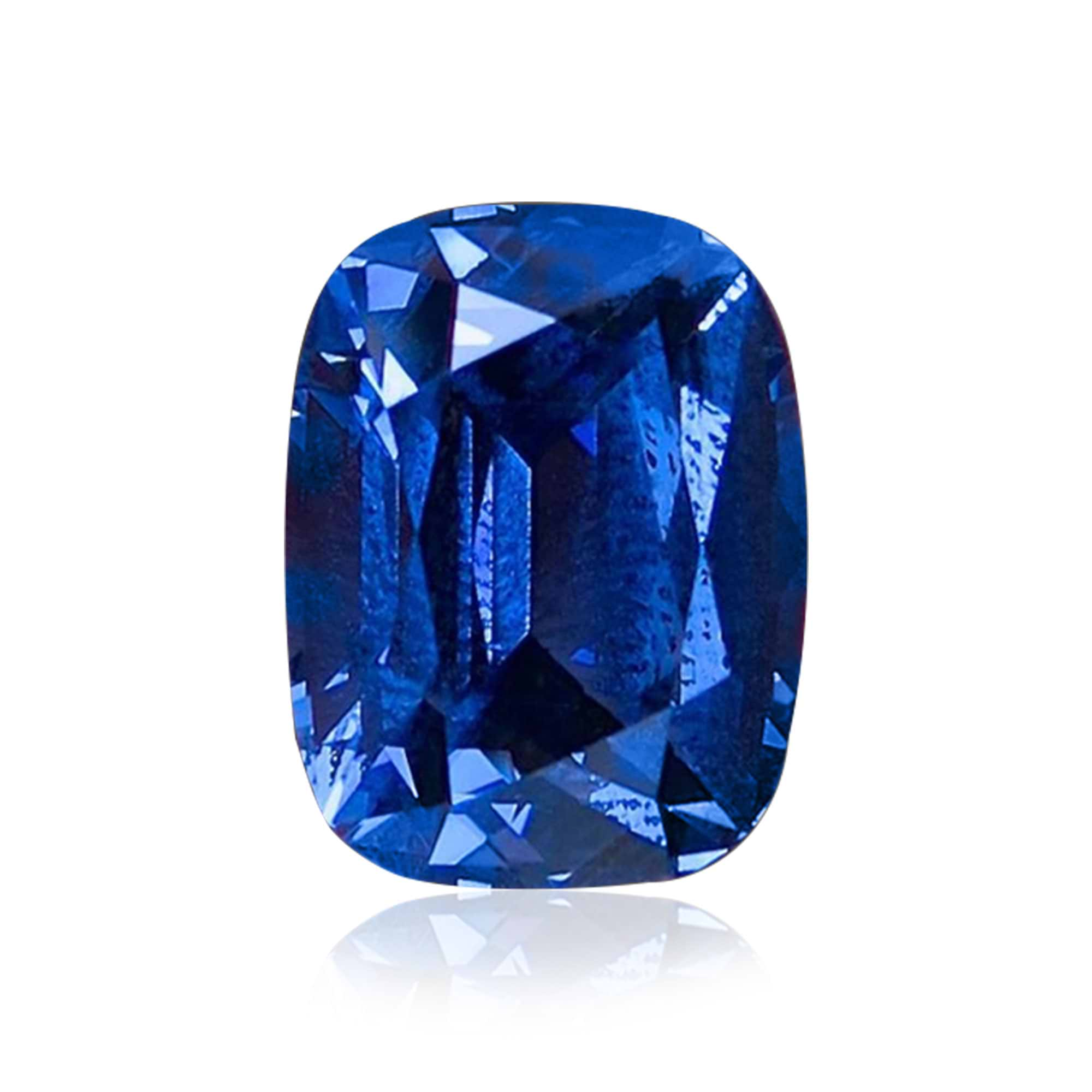


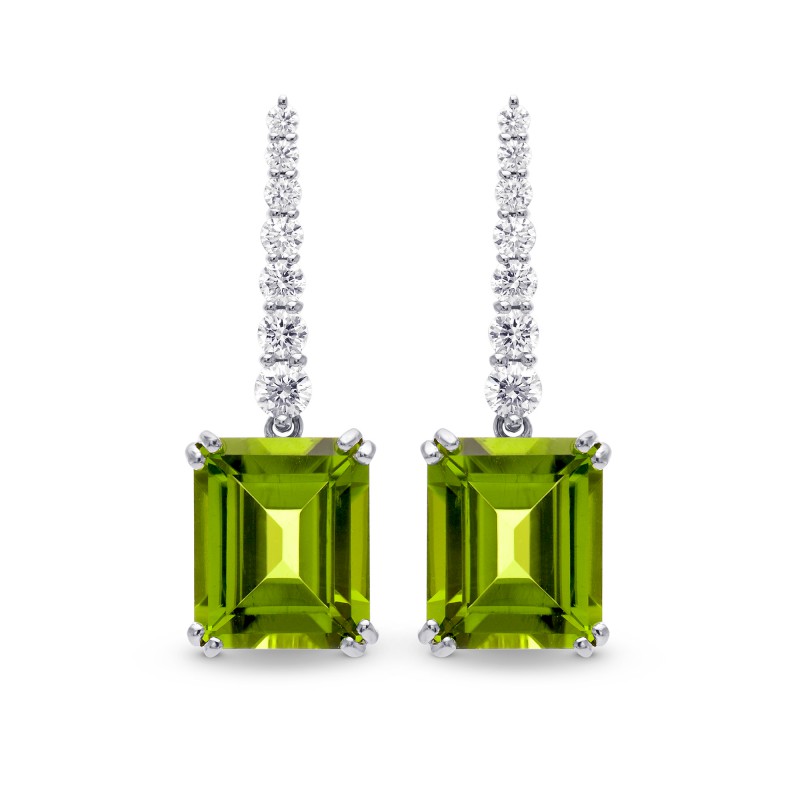 LEIBISH Emerald-cut Green Peridot & Diamond Drop Earrings
LEIBISH Emerald-cut Green Peridot & Diamond Drop Earrings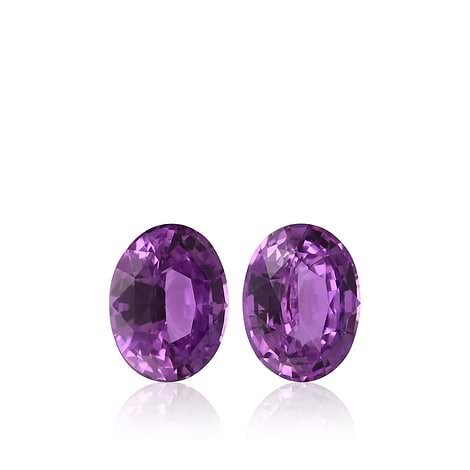
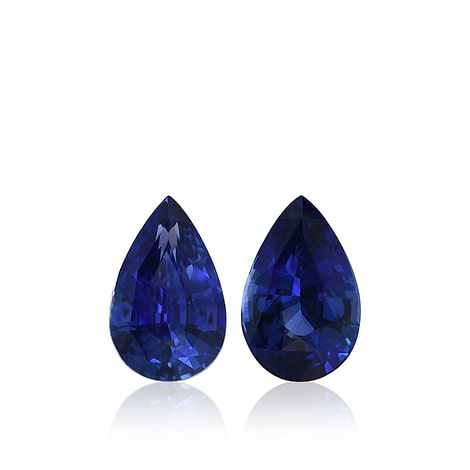

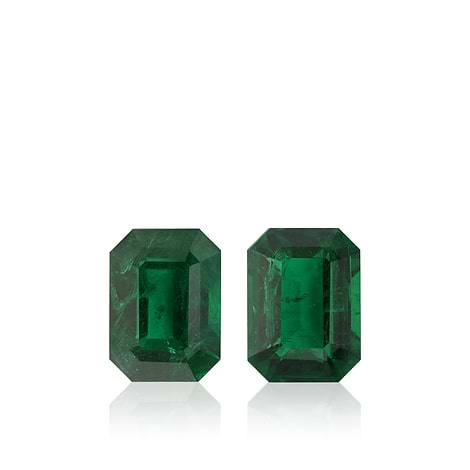
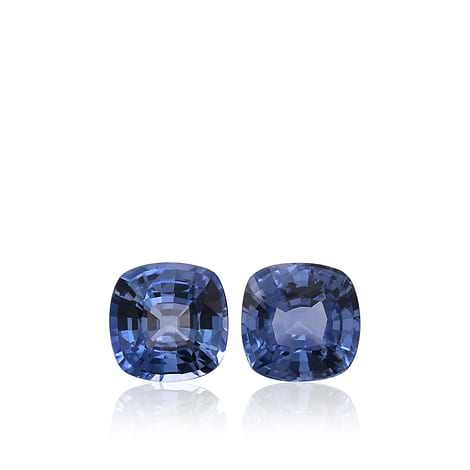
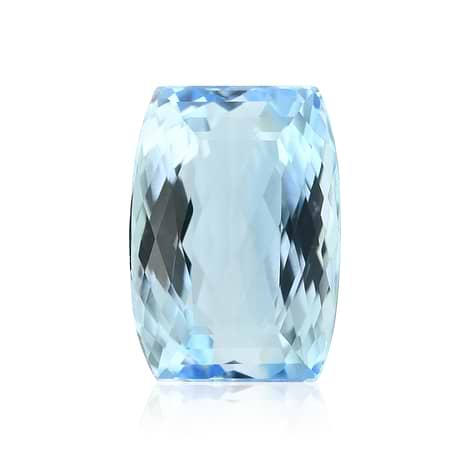
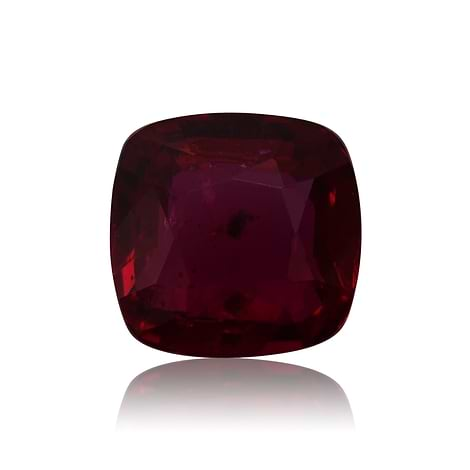
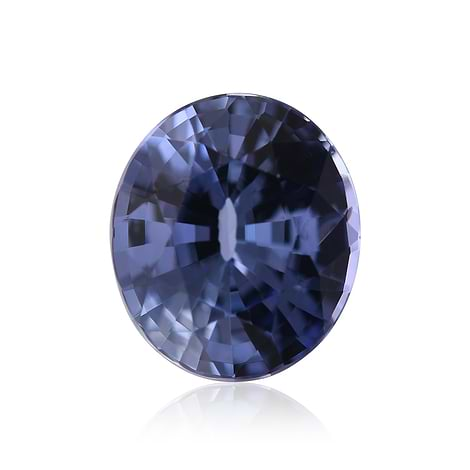

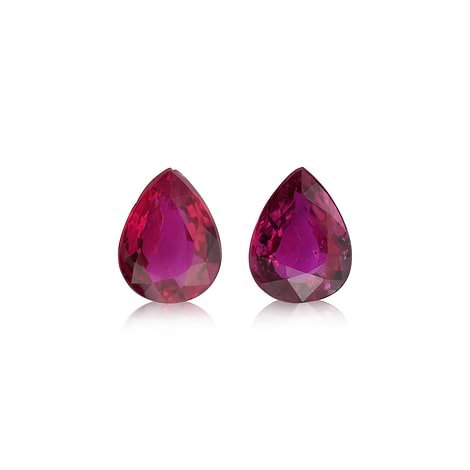

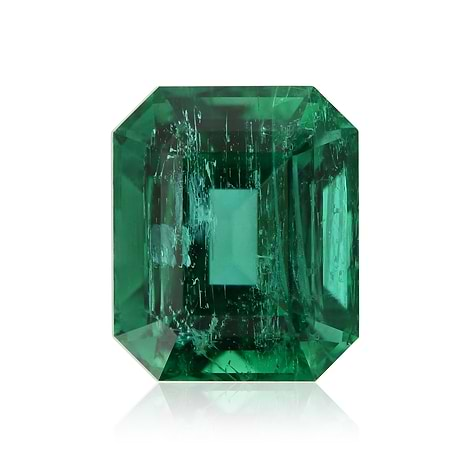

.png)
